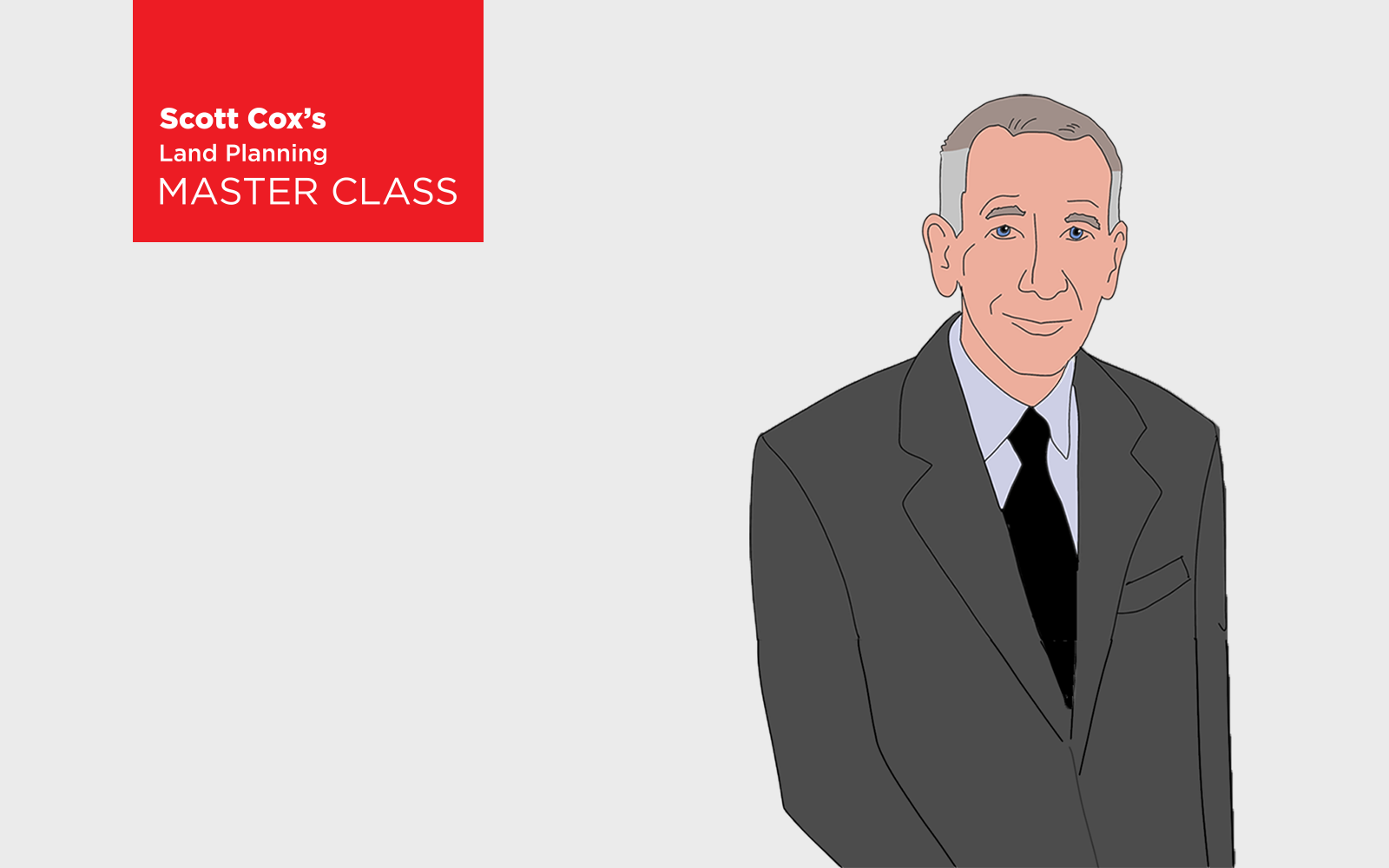Policy
How Did We Get Here? The Origin Of Housing Scarcity In America
Land use, development, and investment expert -- and TBD Dream Teamer -- Scott Cox weighs in on a key question for municipal officials. If "we can't build our way out of" the housing crisis, what's the plan?

I’m hearing more and more, politicians and activists say about housing “the market is broken,” “the market has failed us,” and “we can’t build our way out of this.”
This is convenient. It implies that the only way we’ll meet our attainable housing needs is through government intervention and formal affordable housing programs. And if we can’t build our way out of it, then politicians can’t be to blame. Clearly, it’s forces beyond their control.
Accept all of this is just wrong.
First, let’s address “market failure.” Free markets allocate resources. A failure here would imply one of the following:
- The profit motive is not working and huge returns are waiting to be reaped that are not – in which case why do affordable housing developers find it so hard to put deals together?
- The private sector has misunderstood demand and built unwanted housing. This would be easy to see if it were true, because we would have high vacancy rates (which is an effective cure for high prices) from all our unneeded/unwanted housing. But we don’t see that.
The problem is that the resource is scarce – not that the market is misallocating it. How did this come to be? Perhaps it will be useful to think about the housing options we had in the past, and have lost.
For many years in this country, when young people moved to the city, they lived in boarding houses. Some estimate that at one time, as much as a quarter of urban housing was of this or similar type. These provided the basics for those starting out, or who had hit on hard times. Rooms were small, and meals were communal (small scale dorms, basically). But it was affordable and was functional for many. Beginning early in the 20th Century, and accelerating when the FHA classified boarding houses as not “dwellings” in the 1930’s, municipalities discouraged or prevented them from serving the role they served.
Similarly, Single Room Occupancy buildings provided a last rung on the housing ladder in much of the 20th century. “Reformers” again decided that these buildings were not of sufficient quality to be appropriate in their city. That conclusion spread, despite surveys of residents often showing satisfaction with the arrangement.
Ironically, now we witness some municipalities essentially trying to re-create these by converting old motels to housing for the homeless. But they are layering on so many requirements for upgrades, few can happen. I guess people are better off on the street than in imperfect shelter?
As the country grew and expanded, manufactured housing became a significant contributor to meeting housing demand. Annual deliveries peaked out at over 350,000 per year. But, again, over the years, municipalities decided that these were not in keeping with their imagined image of their locality, so developing new parks to place these units was discouraged. We don’t want new developments of these, but we pass legislation to protect people in existing ones?
Will we ever learn that the best tenant protection is sufficient supply of housing that landlords have to compete for their business?
In the 70’s, Americans came to believe that they should not only have control over the building on their property, they should be able to control what happens on properties next to or near them. Or that they drive by periodically. Planning moved from being a function of trained professionals determining how to accommodate and plan for growth, to becoming cops refereeing ever more complex process rules. More complexity begat more opportunities for lawsuits by NIMBYs to prevent new projects.
Affordable housing has rarely been new housing. It was historically created by demand lessening for older, less up-to-date units because newer ones were built that captured more high-end demand. Yesterday’s A property, 20 years later is a C, and is affordable. But we build so little new housing today, we don’t meet demand, so it makes sense to upgrade the Ds into Cs and the Cs into Bs. And then rather than facilitate sufficient new building to stop or reverse this process, we build a small number of highly subsidized homes spending A dollars to rent or sell for C prices.
The reality is the market has not failed, we have systematically chosen as a society to make housing larger, more expensive and scarcer. We’ve outlawed product types that we decided were not of sufficient quality without offering anything to replace it. And then we act surprised we have a homeless problem and a housing crisis.
As to the claim, “we can’t build our way out of it,” can somebody explain to me what we should do then? Are there magic beans that create housing without building it? Perhaps there is a clever plan to remove people in existing housing to somewhere else, freeing up homes?
In the political discussions surrounding housing we hear of ways to increase fees for housing, giving affordable housing projects streamlined approvals and host of other “solutions” which all have one thing in common – no interest in making it easier for the private sector to build attainable housing. We want builders to go through a random and capricious entitlement process with no certainty of outcome or timing, risk serious financial losses and then provide units at low or non-existent margins?
There are plenty of legitimate things to argue about in housing, and reasonable people can disagree about various solutions. But we are not going to solve anything as long as we blame “markets” when the real culprit is our own political decisions. And we are not going to find enough government money to build it all without the private sector.
There is an old saying, if you find yourself in a hole, the first thing you should do is stop digging. We’ve been digging a housing hole for decades not due to market failures, but due to overruling what the market wants and needs.
Join the conversation
MORE IN Policy
Can Ditching the Car Unlock Pent-Up Housing Demand?
A car-free lifestyle could help homebuyers afford more — and give developers a powerful new lever near transit hubs. It's part of a 'missing middle' solutions set.
California Breaks CEQA Barrier To Reignite Housing Production
Championed aggressively by Gov. Gavin Newsom, the historic environmental law reform unlocks the potential for infill housing—and could become a model for other high-barrier states.
Governor’s Veto Derails Connecticut Upzoning Push
State leaders aim to regroup for a fall special session after a housing bill faces resistance from local zoning defenders.
